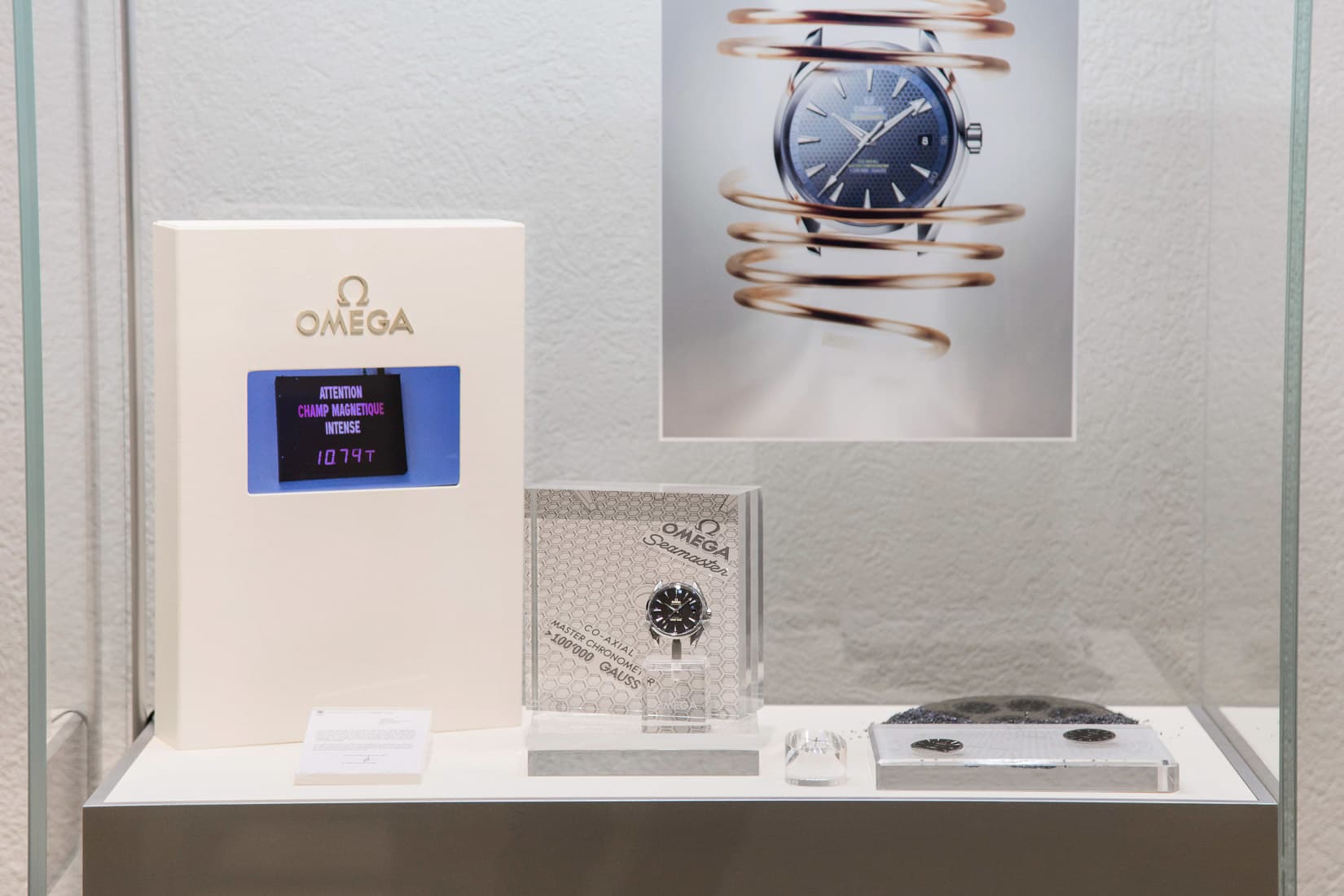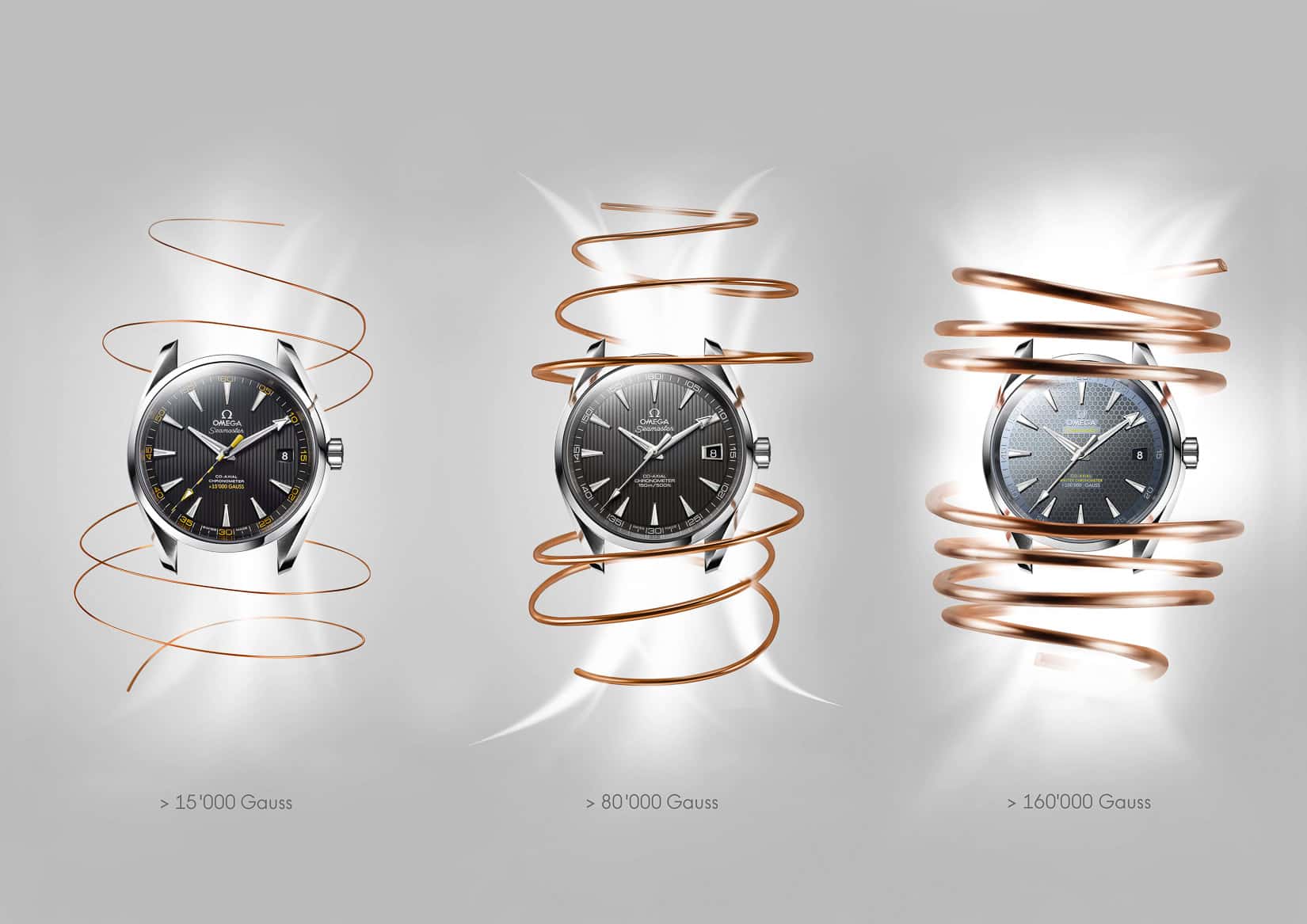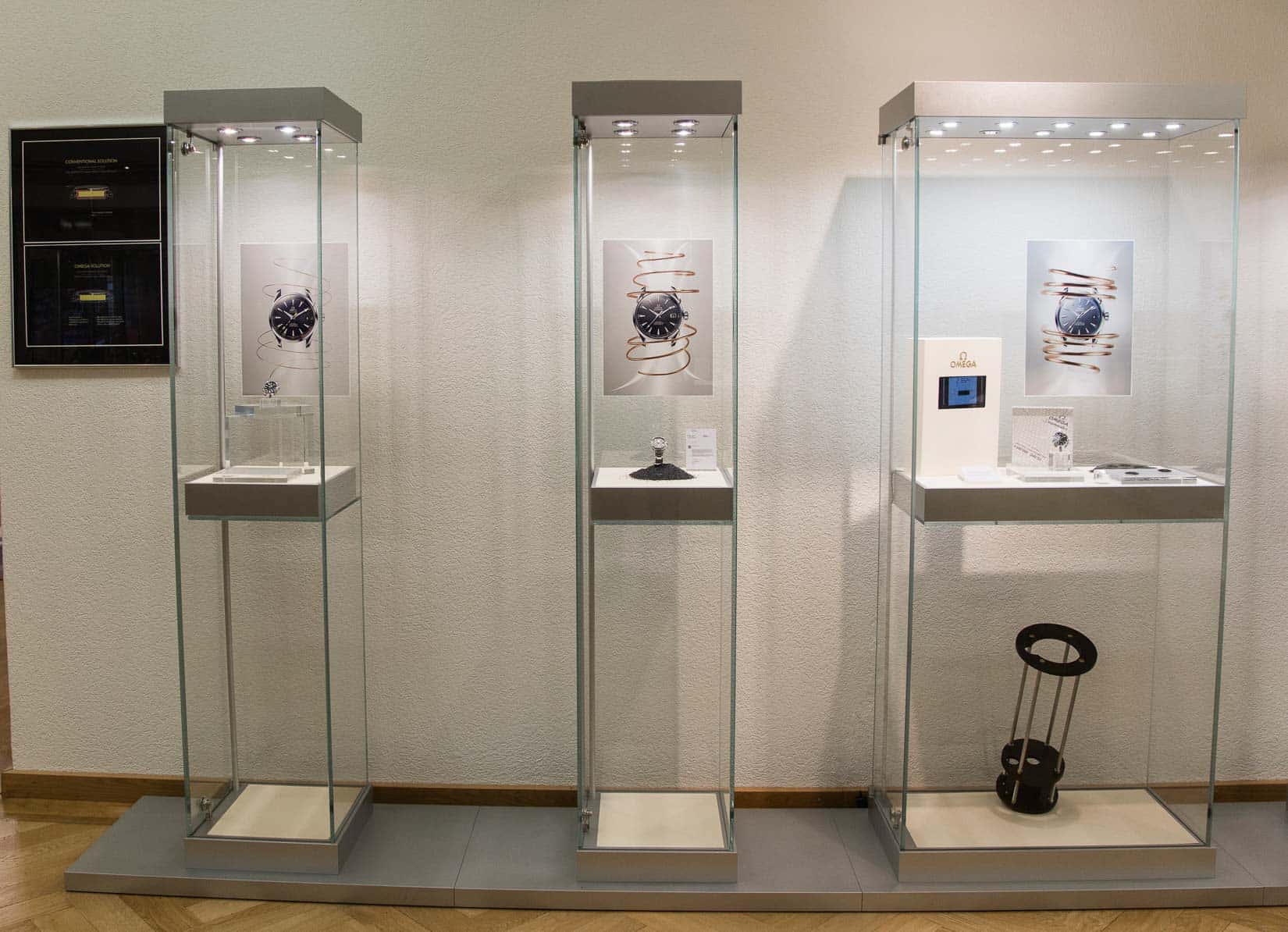15,000 gauss? What about 160,000 gauss? Omega did it.
About two years ago, I received an e-mail from one of our German readers. He is a radiologist and told me he was ever so happy when Omega introduced their Aqua Terra >15,000 gauss in 2013. Even better, he wrote me that he tested it with one of the MRI equipment up to 30,000 gauss and it still worked perfectly. Not too long ago, Omega tested their watch at 160,000 gauss and guess what happened? Nothing.
160,000 gauss
How important is anti-magnetism for a watch? Well, I wasn’t even aware (I change watches fairly often that I can’t properly measure its accuracy) but when I was at the Omega HQ in October one of my Speedmaster watches was performing quite badly. It was magnetized according to the technician in Bienne, so after he de-magnetized it, the accuracy was well within the acceptable again. I didn’t even know. Thing is, I know I had put my Speedy on the leather cover of my iPad sometimes together with some other stuff to carry it upstairs to my nightstand, using it as a tray. Not very clever, I admit.
If this can influence the watch already so much, what about other (larger) equipment that can magnetize your watch?
Other brands like IWC, Panerai, (Grand) Seiko and Rolex also fight magnetism, mostly by using special alloys or ‘just’ by using the cage of faraday construction. Nobody does it like Omega however, being the first to withstand 160,000 gauss during a test at the Laboratoire National des Champs Magnetiques Intenses (LNCMI) in Grenoble, France. This is the only facility in the world that can perform such a test on watch. After hitting the watch with no less than 160,000 gauss (or 16 tesla as you wish), it still functioned perfectly.
Isn’t 16 tesla a bit crazy? Perhaps and in any case if using an iPad as a carry-around tray for a watch is your only sin with mechanical watches. However, if you are a researcher for example and work with MRI equipment, 16 tesla isn’t over-done. For healthcare purposes, most MRI scanners operate between 1,5 and 3,0 Tesla. For research purposes though, much higher gauss values are used. One of the MRI scanners in the Maastricht University here in The Netherlands is at 9,4 tesla or 94,000 gauss. And that one is already there since 2013.
Omega Museum Bienne
The Omega Seamaster Aqua Terra that was subject to the 160,000 gauss test in Grenoble is now on display in the Omega Museum in Bienne. Another reason to visit their wonderful museum. Once there, the experts in the museum can explain you all about this watch and the tests it has withstood.
Visit the Omega Museum on-line for visitor’s information.


